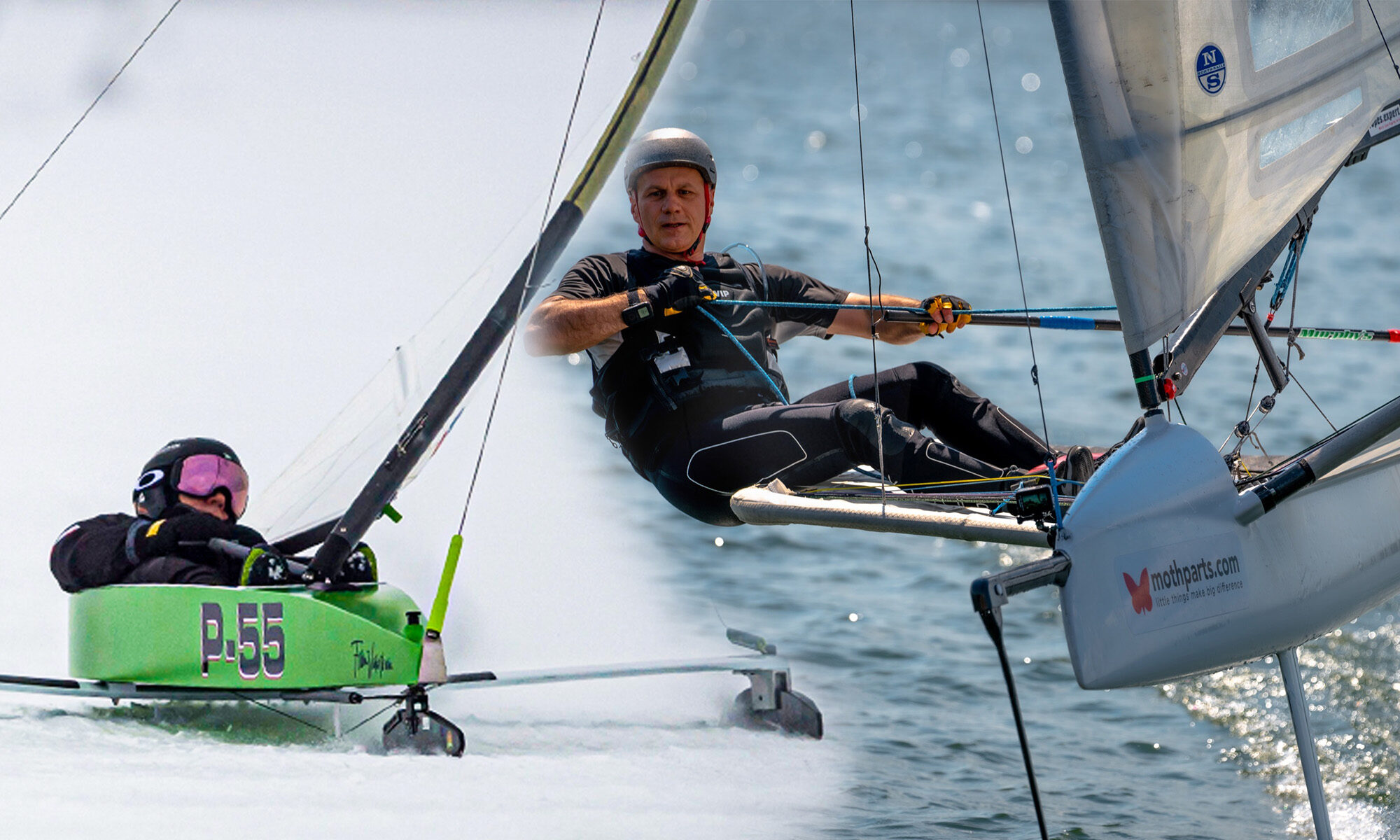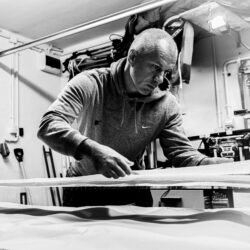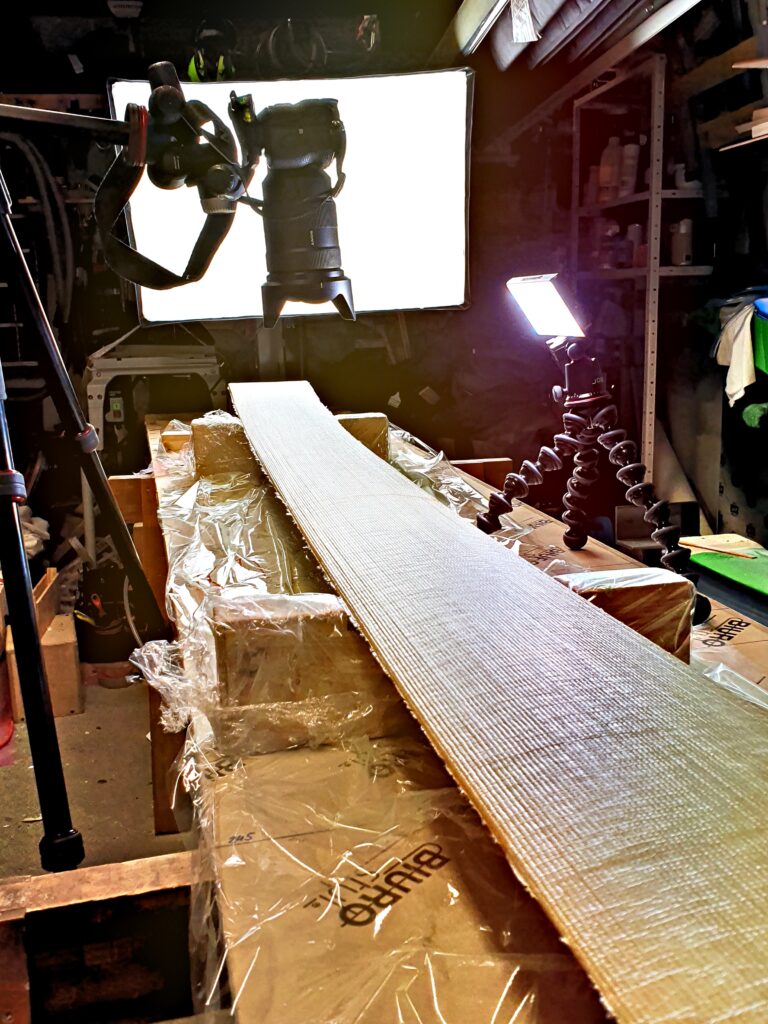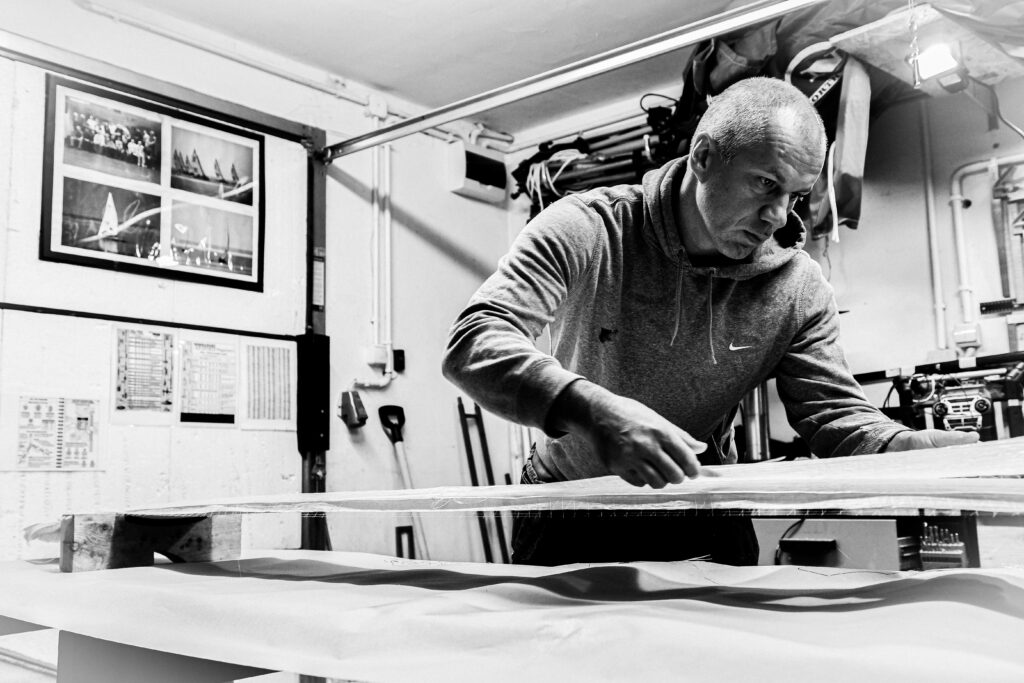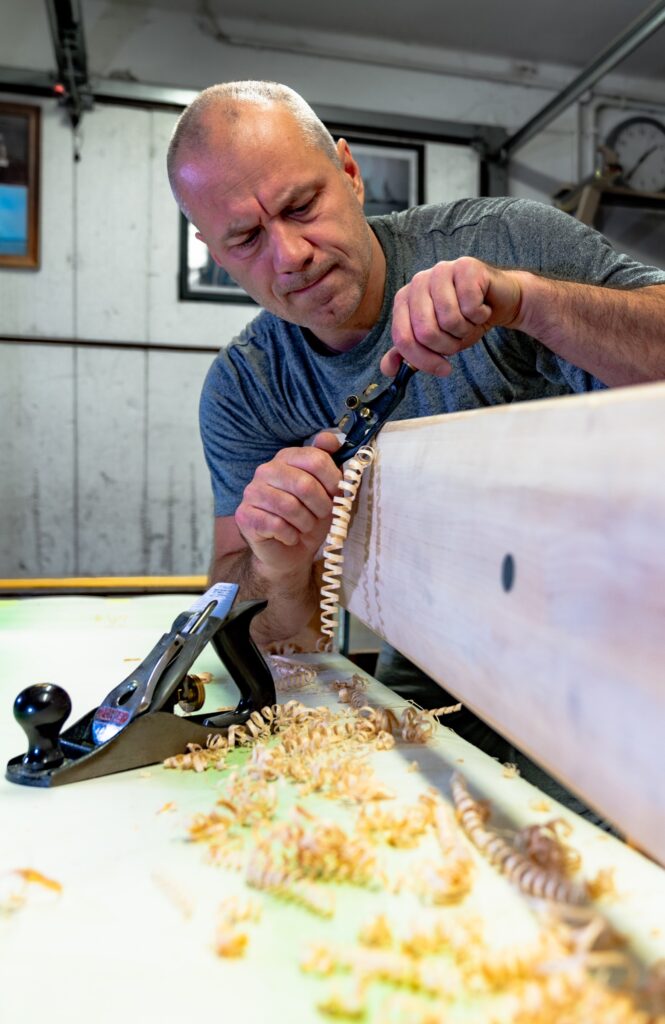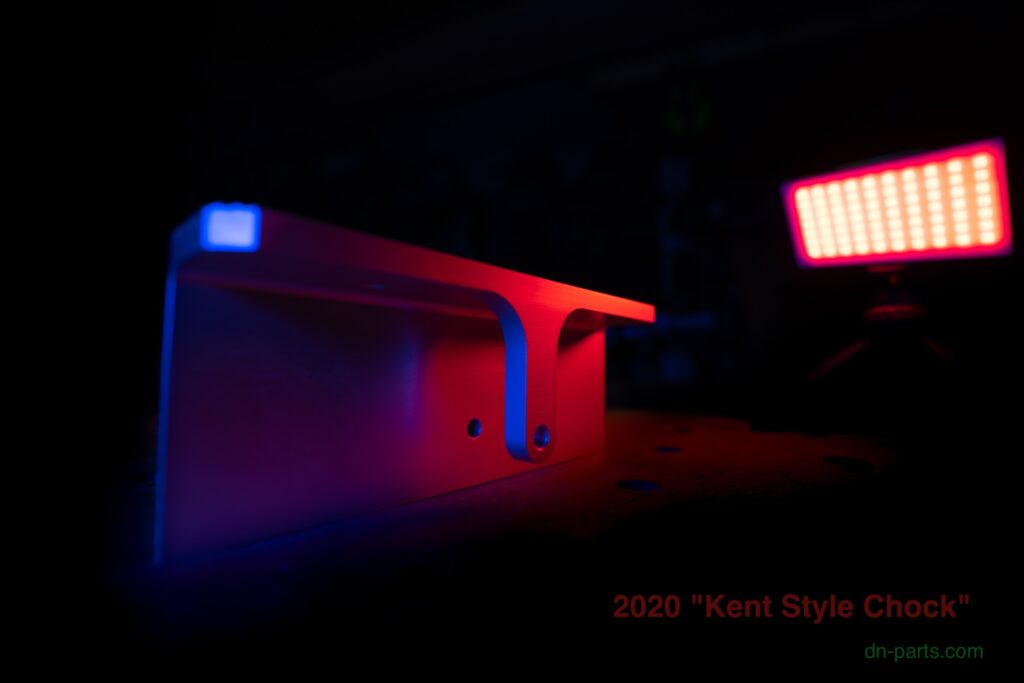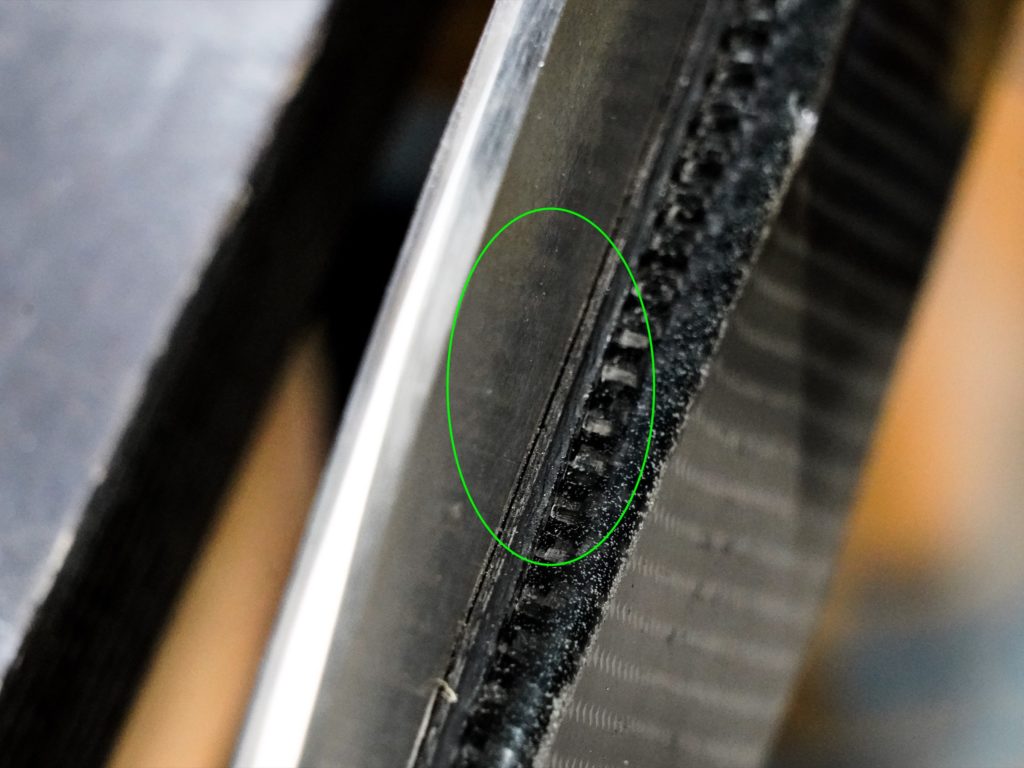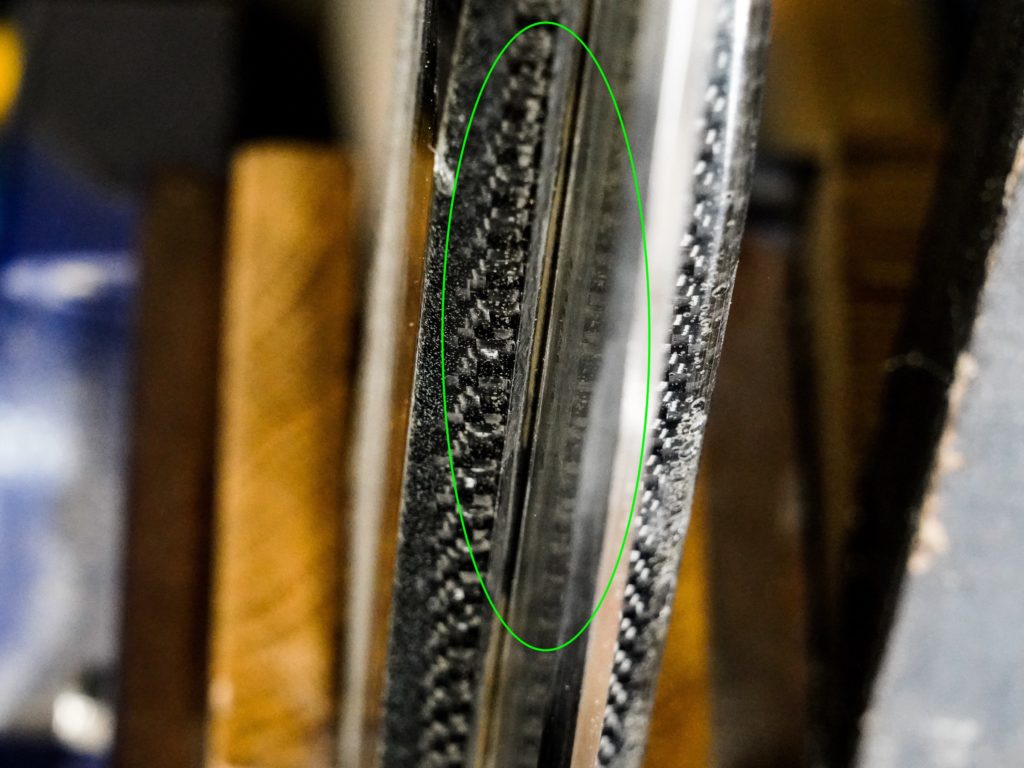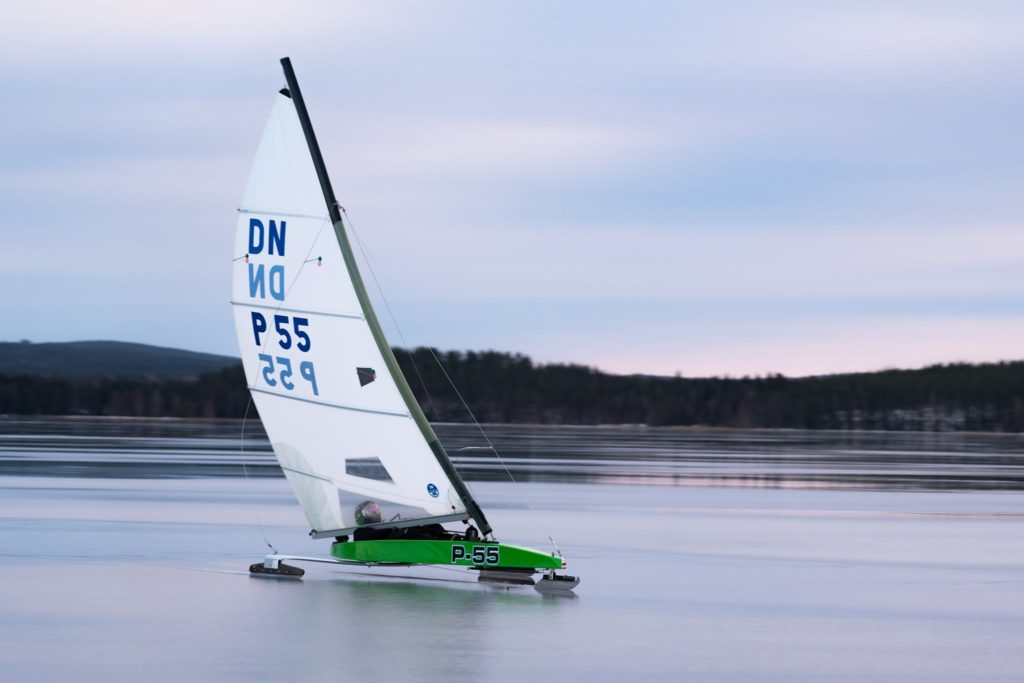Most deadly spec of all | E.9
DN Tech Talk 02 | Chocks glue up
Mastering plank build up
Woodworking in icesailing
Chocks. A lot of chocks.
Fine tuning runner alignment and shimming runners
Easy runner fix
R3 & R4 Sweden

Great ice and great sailing conditions but no wind. The attempt to sail both events failed due to no wind. We manage to sail only 3 races in R3. Surprisingly I managed to win the regatta using the stiffest mast. And in order to make mast work I also reinforced my plank just before the event. The reinforcement was fundamental: initial bend was 48mm and ended up in 42mm. This operation forced mast to work more which was cruicial in light air. Racing in very light breeze with consisten 2, 2, 3 was big challenge. Usually light sailors have big edge on 90+ like myself. I also used a new hull that worked well. The next stop: WC/EC.
